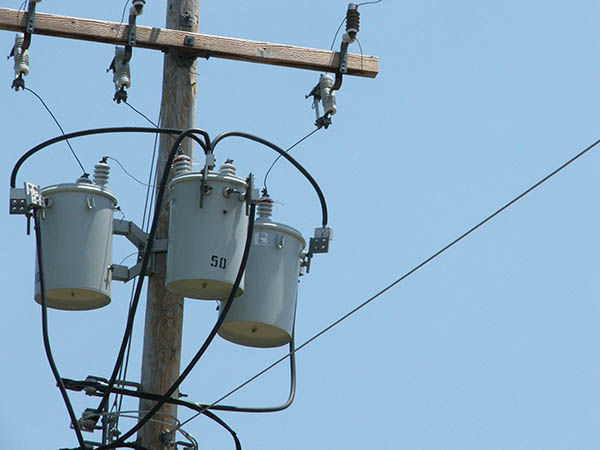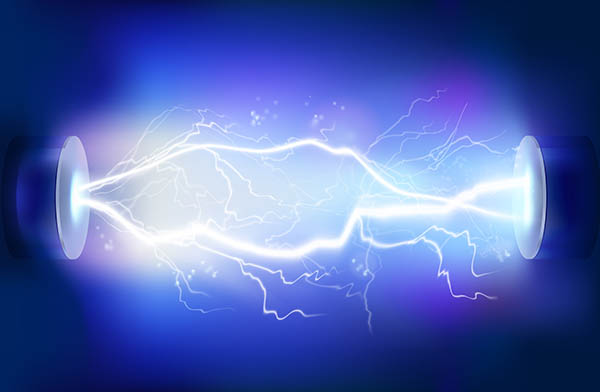Have you ever wondered how power is transferred from the power plant to the convenience of your own home? The answer to that question is the transformer, an electrical device that takes the voltage of the electricity flowing through it and changes it to a different voltage. The high voltage electricity from power plants is converted into low voltage electricity that then goes to your home. This is done through a process called electromagnetic induction. You will usually be able to see a transformer in action if you take a look at the very top of a utility pole.
There are several types of transformers in existence, one of them being an isolation transformer. This type of transformer allows for the isolation of a circuit from an alternating current. In other words, you can electrical power to a piece of equipment from an alternating current source while keeping said device isolated from the power source itself. Transmission of the direct current component from one circuit to another is blocked by isolation transformers, yet the alternating current component in signals are allowed to pass.
The primary windings and secondary windings (input and output respectively) are separated from one another via a dielectric insulation barrier that can withstand high voltages between them. Isolation transformers allow for the suppression of electrical noise in overly sensitive devices that while protecting against electrical shock. A great example of an isolation transformer in action is the use of power adapters for laptops since there is a difference between the voltage levels supplied to homes and the lower voltage levels required by the laptop itself.

This discussion begs the following question: What is a control transformer? A control transformer is a type of isolation transformer that produces a significant amount of secondary voltage stability during short periods of inrush current (also known as ‘overload condition’) where a surge of abnormal amount of current demand takes place. In effect, a control transformer provides excellent voltage regulation. These types of transformers are also called industrial control transformers, machine tool transformers or control power transformers.
The concept of inrush current can be seen in heavy electricity-powered machinery when the start button is pushed to power a high-voltage motor and the contactor coil is energized. The overload condition is handled far more efficiently by control transformers than a conventional supply, making them efficient power supplies that can be safely used by workers that use start and stop buttons in dangerous work environments.
The control transformer, like the ordinary transformer, allows for the transformation of high-voltage electricity from the main circuit into a lower voltage that is used to operate the switching components within the main circuit itself.
If you take a look at a machine that is powered by a 600 volt motor, the contactors used to turn the machine on and off are powered by electromagnetic coils that operate at voltages that are far lower. In other words, the voltage coming from the main circuit can’t be used in the control circuit. The typical solution would be to install more bus bars or run separate cables through a separate power feed, but anyone with experience will tell you that this option is impractical.
Likewise, it is unsafe to have high voltage electricity flowing through tightly packed wiring with a control panel. The easier and more effective solution is to keep the main circuit voltage and pass it through a control transformer that can then provide the control circuit with the appropriate amount of voltage.
Control transformers are typically more expensive as they tend to use insulating materials of the highest quality. For example, some brands sell control transformers that are oven-cured and impregnated with vinyl toluene polyester resin, which allows for the elimination of moisture while keeping the surface sealed and protected from environmental damage.

Most control transformers are sold in a variety of forms, being classified by combinations of primary and secondary voltage at 50/60 Hertz. 120 primary & 24 secondary, 240 primary & secondary, and 480 primary & secondary are just a sample of the variety that is currently available on the market. These transformers are being used in a wide variety of applications that include (but are not limited to) schools, shopping centers, apartment complexes, industrial plants and hospital.
In summation, control transformers allow for low control circuit voltage to be safely used in applications where high voltages are required through the supply of control power. The next time you power a heavy-duty construction machine or anything else that uses high-voltage electricity through a control panel, you will be able to see their magic in action!
